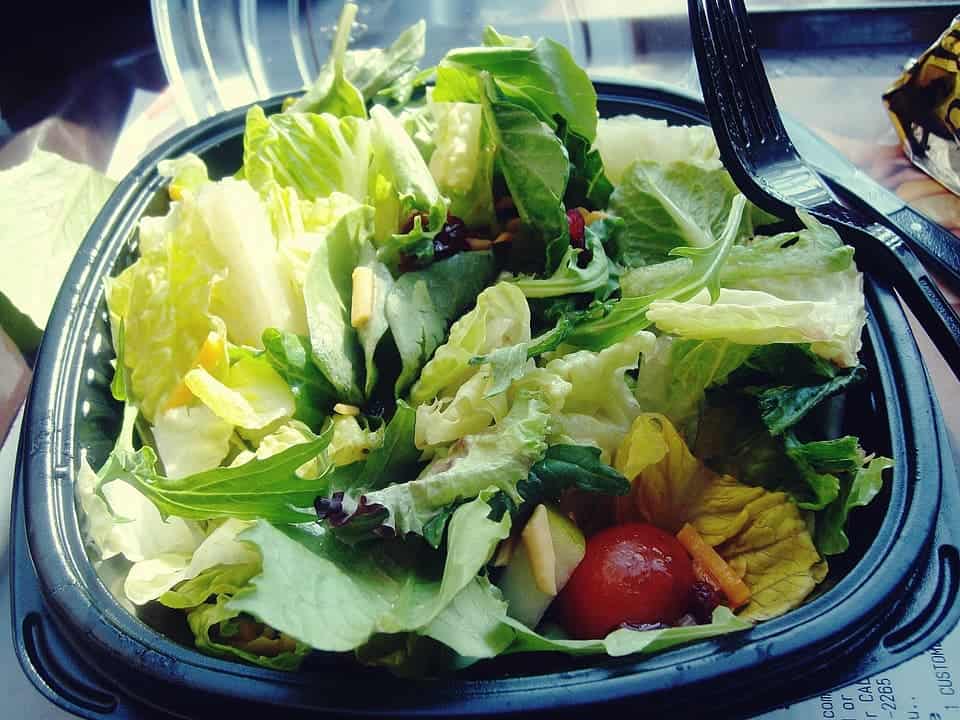Thanks to a national health initiative, public schools throughout the US can now boast a salad bar aimed at promoting a healthier diet for their students. That’s half of the battle won — the other part is actually making the kids choose the salads over other food. A new study from the Brigham Young University identified the best way to promote the bar among students.

Lori Spruance, health sciences professor at the BYU, has been studying how well the salad bars perform in schools and found one simple trick to boost their popularity among students: marketing. She and her team found that teens are much more likely to eat from the salad bar if it was promoted through a solid marketing campaign — almost three times more.
“Children and adolescents in the United States do not consume the nationally recommended levels of fruits and vegetables,” Spruance said. “Evidence suggests that salad bars in schools can make a big difference. Our goal is to get kids to use them.”
Open bar
With roughly 4,000 new salad bars opened in public schools across the US through the Let’s Move Salad Bars to Schools initiative, students have way more access to healthier food (and a wider range than previously possible) during lunch break — about 50% of high schoolers have access to a salad bar in school, as do 31% of middle school students and 31% of the kids in preschool.
For the study, Spruance and her team tracked students’ salad bar usage in 12 public schools from New Orleans. They tracked this usage through student-filled surveys and further tracked the school environment through personal visits.
Apart from the finding that marketing boosted the salad bars’ popularity among secondary school students, the team also found that girls were more likely to use the salad bar, and would do so more often, than their male counterparts. Also unsurprisingly, children who report preferring healthy food also said they go to the bar more often.
“The value of a salad bar program depends on whether students actually use the salad bar,” Spruance said.
“But few studies have examined how to make that happen more effectively.”
So what does a good bar make? The team lists information in school publications and newsletters, signage throughout the school promoting the salad bar, as well as a strong presence on the school’s website for the bar as successful marketing efforts. The team also suggests getting the parents in on the action, for example by reaching out to them through newsletters or parent-teacher conferences. Getting students used to healthy food at home made the single biggest difference in their choice of visiting the bar.
“It takes a lot of effort and time, but most children and adolescents require repeated exposures to food before they will eat them on their own,” Spruance said.
“If a child is being exposed to foods at home that are served at school, the child may be more likely to eat those fruits or vegetables at school.”
The full paper “Individual- and School-Level Factors Related to School-Based Salad Bar Use Among Children and Adolescents” has been published in the journal Health Education & Behavior.


